Millions of red crabs on Christmas Island are currently migrating from the beaches back to the forests, creating a spectacular and colorful scene.
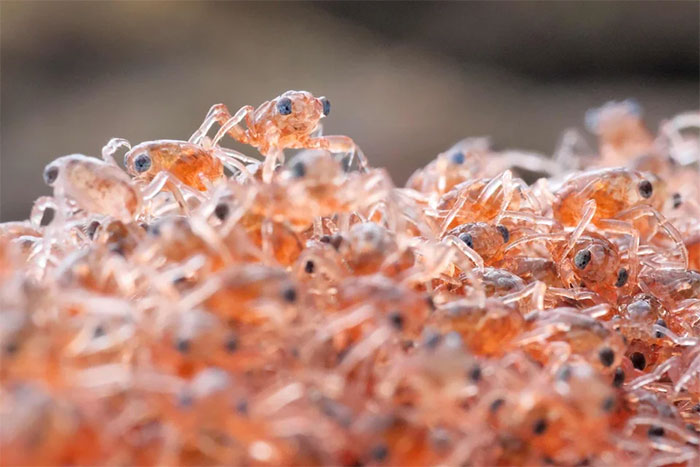
After the mother crabs travel from the forests to the beaches to lay their eggs at the end of the year, the beginning of the following year marks the time when millions of young crabs embark on their multi-kilometer journey back to the forests of Christmas Island. (Photo: Chris Bray/Guardian).
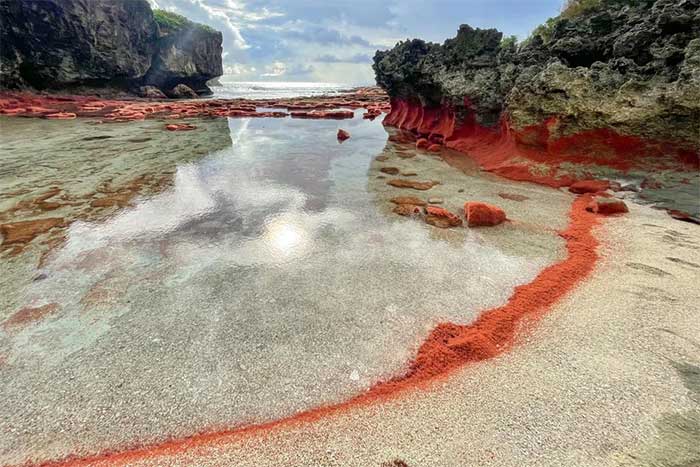
Christmas Island is a territory of Australia located in the Indian Ocean, south of Java Island in Indonesia. This small island is famous for the red crab species scientifically known as Gecarcoidea natalis. (Photo: Chris Bray/Guardian).
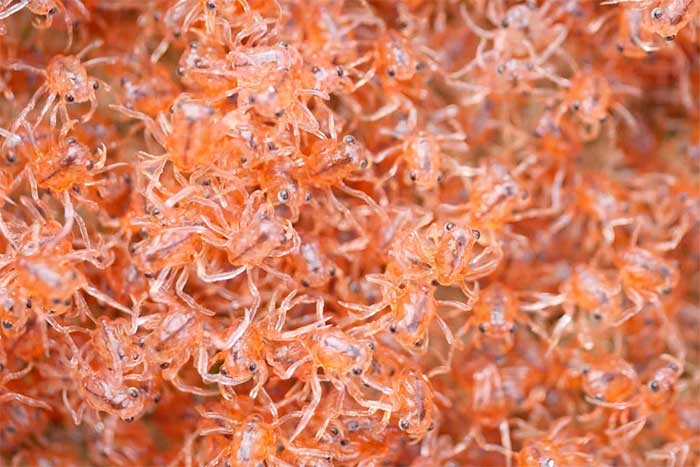
Every autumn (equivalent to spring in the Northern Hemisphere), millions of young crabs will cover the beaches of the island in red and begin their journey back to the forests. (Photo: Chris Bray/Guardian).
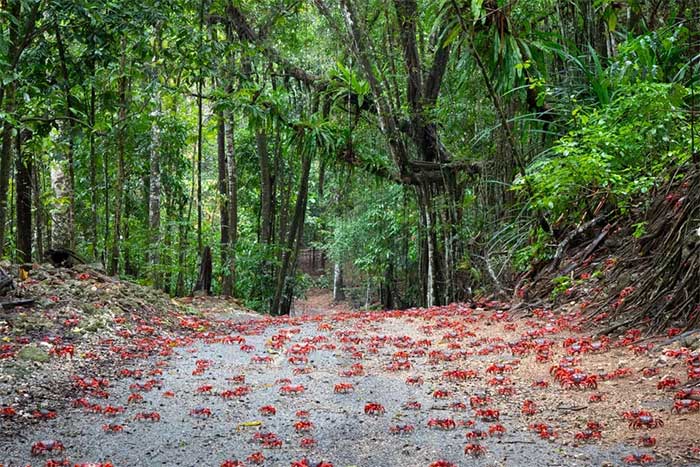
About a month prior, the mature female crabs will carry their swollen bellies from the forests, where they live, to the beaches of the island to lay eggs. (Photo: Chris Bray/Guardian).

These mother crabs will gather on the rocks and wait for the right moment to lay their eggs into the sea. At this time of year, the number of crab eggs is so high that the seawater turns black from the eggs. (Photo: Chris Bray/Guardian).
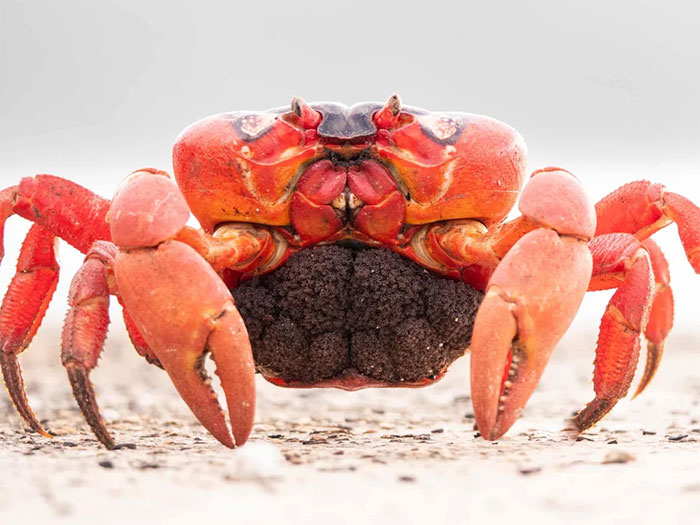
Each female crab can carry up to 100,000 eggs. (Photo: Chris Bray/Guardian).
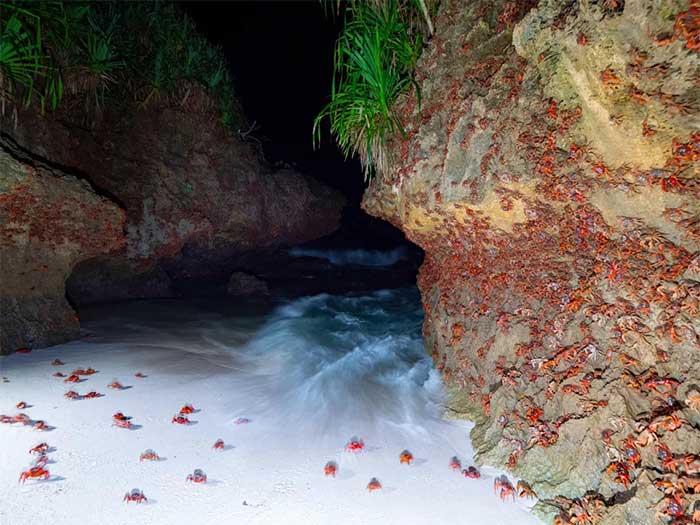
Simply laying eggs in the seawater is a survival battle for the red crabs on the island, as they are land animals and cannot survive underwater. Many mother crabs will be pulled into the sea by waves and will be lost forever. (Photo: Chris Bray/Guardian).
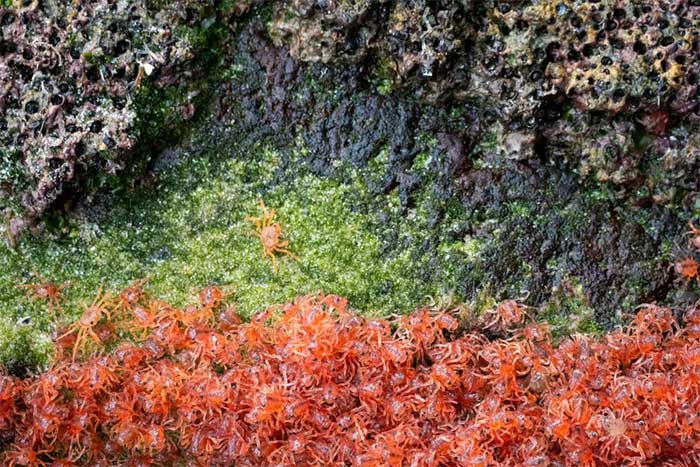
As soon as they hatch from their eggs, the young crabs will begin their journey back to their origins – the forests deep within the island. (Photo: Chris Bray/Guardian).

If the migration of the mother crabs resembles a forest full of fallen leaves, the young crabs will cover the shores of Christmas Island in a distinctive red color. (Photo: Chris Bray/Guardian).
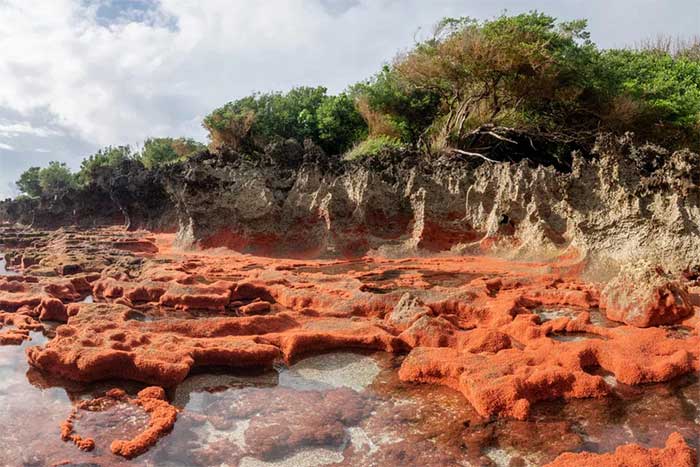
When the tide recedes, millions of young crabs will appear, and if you are present at the scene, you can hear the rustling sound they make. (Photo: Chris Bray/Guardian).


















































